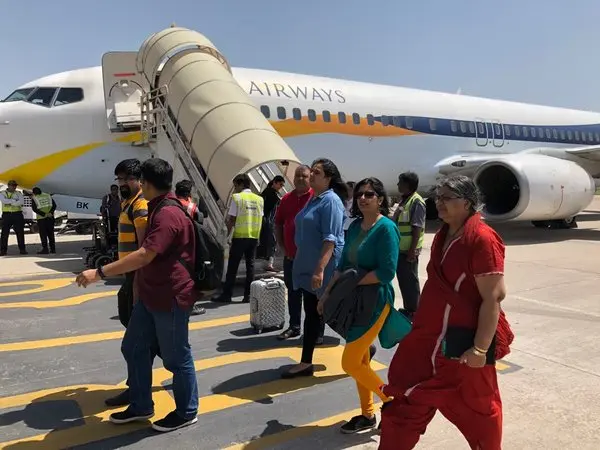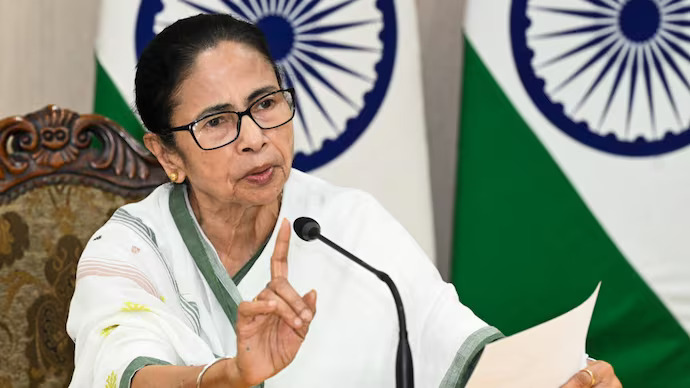Despite a recent aviation mishap that raised concerns nationwide, India’s domestic air travel market has demonstrated remarkable resilience. Industry insiders report no significant decline in passenger numbers, much to the relief of airlines and tourism stakeholders. This stability reinforces the strength of India’s aviation ecosystem and the growing trust among travelers in the safety and efficiency of air transport.
Indian Air Travel Holds Strong Post-Crash: A Sign of Maturity
In the immediate aftermath of a tragic air crash, industry observers feared a significant drop in passenger confidence. However, according to aviation data trackers and airline officials, ticket bookings remained stable, and airport footfalls showed no unusual decline.
Experts credit this to enhanced safety standards, effective crisis communication, and a matured travel mindset among Indian passengers. “Today’s air travelers are more informed and less reactive. They understand that aviation, while not immune to incidents, is statistically one of the safest modes of transport,” said a senior official at the Directorate General of Civil Aviation (DGCA).
This trend mirrors previous global incidents where long-term impacts on air travel were minimal, provided that authorities responded transparently and efficiently.

Airlines & Tourism Sector Breathe a Sigh of Relief
The continued flow of travelers has brought relief not just to airlines but also to hospitality, tour operators, and airport retailers who feared a domino effect on bookings. Many airlines even recorded a marginal increase in last-minute bookings due to holiday season travel.
Industry analysts had previously forecast a 3–5% dip in demand following the crash, but actual data defied expectations. Airline stocks that saw a momentary dip recovered quickly, highlighting investor confidence in the sector’s long-term outlook.
India’s expanding middle class, aggressive fare pricing, and tier-2 city connectivity continue to fuel growth. Domestic traffic remains the cornerstone of Indian aviation recovery, especially post-COVID.

Trust in Aviation Grows Amid Transparent Handling of Incident
The government’s swift response and regular updates regarding the crash investigation helped mitigate public panic. Aviation experts highlighted the transparent communication strategy employed by both the airline involved and regulatory bodies.
Moreover, airlines ramped up their own safety PR campaigns and customer support initiatives, which reassured flyers and helped retain bookings. Travelers were more focused on individual carrier safety records than generalizing the incident across the sector.
This growing trust is a testament to how far Indian aviation has progressed in terms of maturity and crisis management, compared to earlier decades.
Conclusion: Indian Aviation Stands Tall, but Vigilance is Key
The lack of a dip in air travel numbers after the recent aviation crash reflects the resilience, maturity, and transparency of India’s aviation ecosystem. While safety must always remain paramount, the quick recovery in passenger sentiment proves that trust in the skies remains unshaken.
Going forward, both airlines and regulators must continue investing in advanced safety protocols, pilot training, and better incident reporting to ensure that this trust only deepens.
Have you traveled recently or plan to fly soon? Share your experience in the comments! Stay updated with aviation news and subscribe to our newsletter for more.









